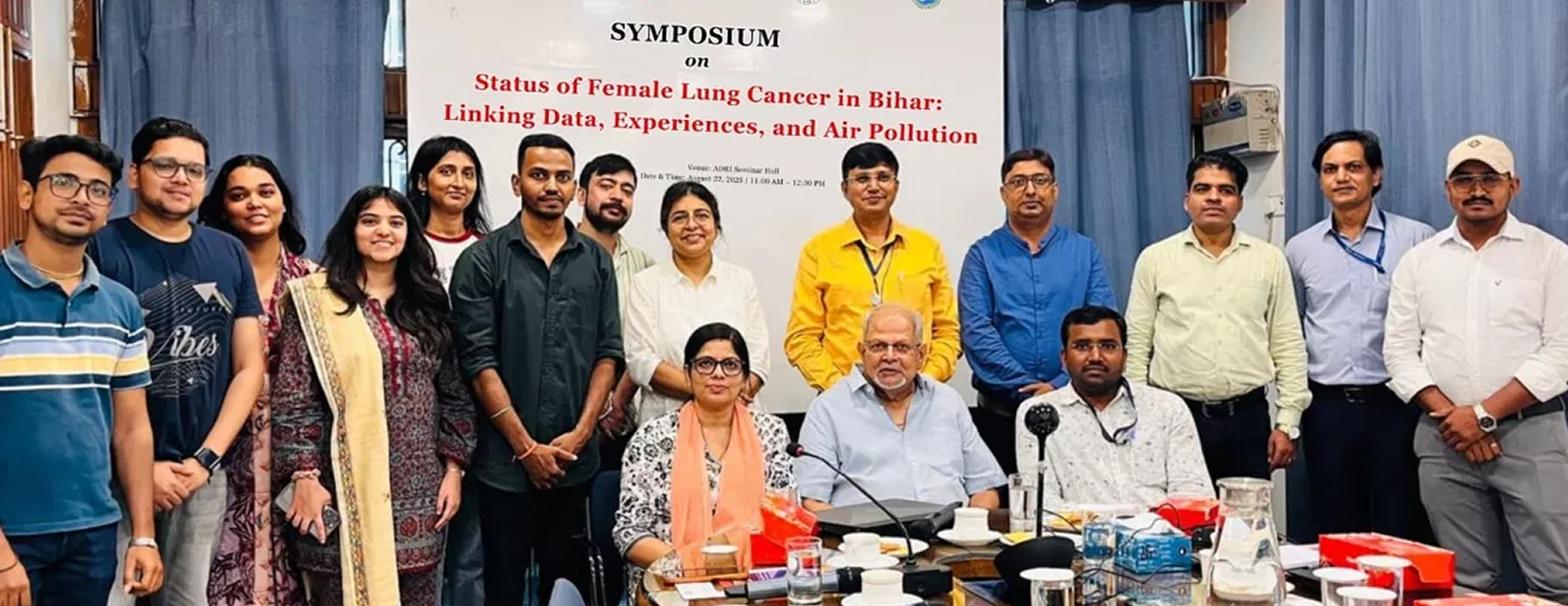
According to a recent report in The Times of India, Delhi’s air quality plunged into the “Very Poor” category during Diwali night, with hourly PM2.5 levels hitting 675 µg/m³ — the highest since 2021.
While stronger winds and a warmer daytime temperature helped prevent an even more severe episode, the event highlights how critical it is to have real-time, granular air-quality data and actionable insights — an area where IoT-based monitoring systems can play a decisive role.
What happened / Key facts
On Diwali night, bursting of fire-crackers beyond permitted time windows caused a sharp surge in pollutant concentrations.
Hourly PM2.5 concentrations at one station rose from 679 µg/m³ at 9 pm to 1,763 µg/m³ at 10 pm — a tremendous spike in just one hour.
The city’s 24-hour average Air Quality Index (AQI) stood at ~345 by 4 pm on Diwali day — highest since 2021 for a Diwali day.
Because of increased winds and warmer conditions from early morning, pollutant dispersion improved and prevented an even more extreme condition despite the heavy loading of pollutants overnight.
The regulatory body did not trigger Stage III of the Graded Response Action Plan (GRAP) as the thresholds this year were revised and Stage III is being invoked at higher AQI levels ~400 rather than ~350.
Why this matters for IoT-enabled air-quality monitoring
Rapid spikes need rapid data
The jump from ~679 to ~1,763 µg/m³ in an hour illustrates how fast conditions can deteriorate. Traditional monitoring stations may not capture such temporal granularity. IoT sensor networks deployed across neighbourhoods can deliver minute-level data, enabling better responsive actions (e.g., alerts, mitigation).Granular spatial coverage matters
Averages mask local “hot-spots”. With fire-crackers and emissions highly localised in urban areas, IoT systems can provide hyper-local readings (street- or block-level) for more precise situational awareness.Contextual analytics enhance understanding
It is not just the pollutant numbers, but the context (wind speed, temperature, emission source) that shapes air-quality outcomes. In this case, winds that picked up from early morning helped disperse pollutants. An IoT platform equipped with environmental sensors (wind, humidity, temperature) plus pollutant sensors can help build models to predict or warn of upcoming episodes.Actionable alerts & stakeholder visibility
With real-time dashboards and alerts, city administrators, schools, healthcare facilities, and citizens can be better prepared. For example, warnings to vulnerable populations (children, elderly, respiratory patients) can be triggered when thresholds are breached.Feedback for policy and behavioural change
Data can help demonstrate the impact of fire-cracker violations, stubble burning, vehicular emissions etc. The article notes that “contribution of farm fires was less than 1-2%” for this event, emphasising the dominance of local emission sources. A good IoT platform can help quantify sources and support better regulation/enforcement.
How Oxy IoT can address this scenario
Deploy a network of low-cost, calibrated sensors across residential, commercial, and traffic-heavy zones in Delhi-NCR (or similar urban agglomerations) to capture PM2.5, PM10, NO₂, O₃, along with meteorological data.
Use cloud-based analytics to detect spikes, trend shifts, and forecast episodes (e.g., when conditions align for pollutant build-up).
Provide a public-dashboard and mobile alerts for real-time AQI levels, including colour-coded risk levels and health guidance.
Enable integration with local authorities and emergency response frameworks—so that when thresholds are exceeded, mitigation actions (e.g., restriction of fireworks, traffic regulation, advisories for schools) can be triggered.
Generate reports and insights on emission source contributions, enabling policy-makers to target interventions.
Build historic datasets (over multiple seasons) so patterns (e.g., Diwali, winter inversion, stubble burning) can be correlated and addressed proactively.
Recommendations for citizens & businesses (via Oxy IoT platform)
Monitor your local air quality — when AQI enters “Very Poor” or worse, limit outdoor activities, especially for children, elderly, and respiratory patients.
If you’re running a facility (school, office, factory), use IoT-sensor data to decide on masks, indoor-air filters, or temporary shutdowns of outdoor operations.
Use insights from the platform to plan for high-risk days: e.g., reducing heavy machinery use, restricting outdoor events (fireworks, open-burning) when poor‐air episodes are likely.
For businesses in HVAC/air-filtration domain: integrate IoT air-quality readings to dynamically modulate indoor-air systems (ventilation, filtration) for energy efficacy + healthy air.
Conclusion
The Diwali air-quality episode in Delhi underscores how quickly urban air can turn hazardous and how critical real-time, granular data is for mitigation. Platforms like Oxy IoT are well-positioned to support this by delivering actionable monitoring and analytics to authorities, businesses and citizens alike. The challenge isn’t just measurement — it’s timely, contextual action.
If you like, I can prepare a visual infographic or data-dashboard mock-up for Oxy IoT based on this event, which you could publish on your website. Would you like me to create that?




